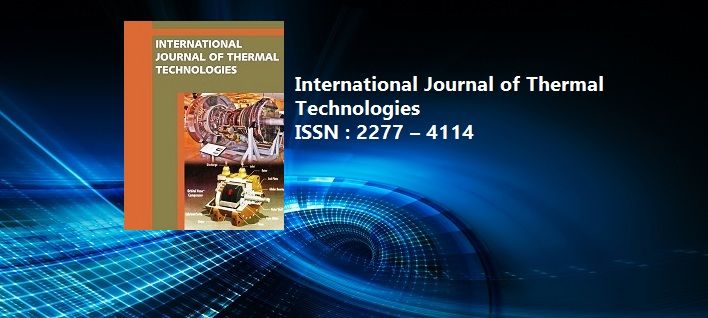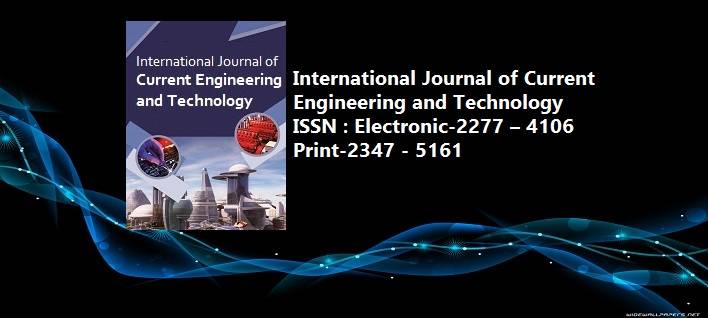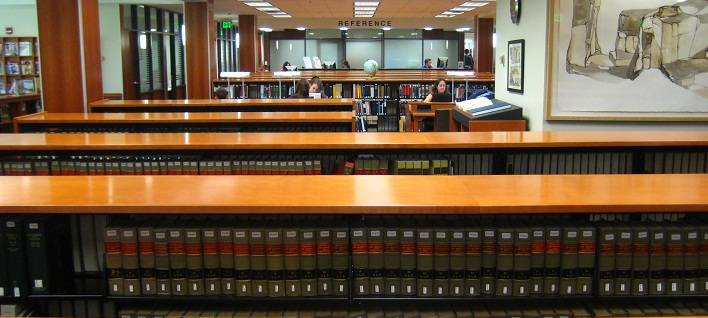The Tensile and Wear Property Enhancement of Al – Zn –Mg Alloys by Precipitation Hardening and Thermomechanical Treatments
Pages : 1510-1515
Download PDF
Abstract
Al – Zn-Mg alloys are precipitation hardenable and suitable to thermomechanical treatment. Well known performance characteristics, known fabrication costs, design flexibilities and established manufacturing methods are few of the reasons for the continued confidence in 7XXX series Aluminium alloys. These alloys are effectively used in aerospace industries due to high specific strength, formability and flexibility in property alteration. The small percentage addition of magnesium improves wettability and tensile properties. Precipitation hardening includes solutionising and aging as two basic steps in heat treatment. Solutionising improves formability by retaining high temperature FCC structure at room temperature as super saturated phase and aging allows the precipitation of solute rich intermetallics from super saturated phase. The property enhancement depends upon the temperature and time relationships. Thermomechanical treatment includes intentional deformation of the specimen as the intermediate step between the basic steps of precipitation hardening. Low temperature thermomechanical treatment is concentrated about cold or warm deformation of solution treated specimen before aging. Cold deformation increases lattice defects due to strain hardening. Increase in lattice defect enhances the Intermetallic precipitation rate and well distributed fine precipitates forms during aging. Tremendous improvement in hardness and toughness are seen compare to conventional precipitation hardening if the process is tailored accordingly. In view of this, six different Al – Zn alloys with out and with magnesium addition (1 & 3 wt. %) are analyzed. The cast alloys are homogenized before precipitation hardening and thermomechanical treatment. The hardness strength and wear resistance values are analyzed and compared with magnesium free Al – Zn alloys. Age hardening phenomena is accelerated due to the increased number of potential sites for precipitation in thermomechanical treatment. Higher peak hardness and lesser aging time are the characteristics of thermomechanically treated samples. For maximum hardness, optimum weight percentage of alloying elements is required. The peak aged specimen shows excellent combination of tensile and wear properties.
Keywords: Al – Zn alloys, Thermomechanical, precipitation hardening, lattice defect, solutionising.
Article published in International Journal of Current Engineering and Technology, Vol.3,No.4(Oct- 2013)



















 MECHPGCON, MIT College of Engineering, Pune, India
MECHPGCON, MIT College of Engineering, Pune, India AMET, MIT College of Engineering, Pune, India
AMET, MIT College of Engineering, Pune, India International Conference on Advances in Mechanical Sciences
International Conference on Advances in Mechanical Sciences  International Symposium on Engineering and Technology
International Symposium on Engineering and Technology International Conference on Women in Science and Engineering
International Conference on Women in Science and Engineering




